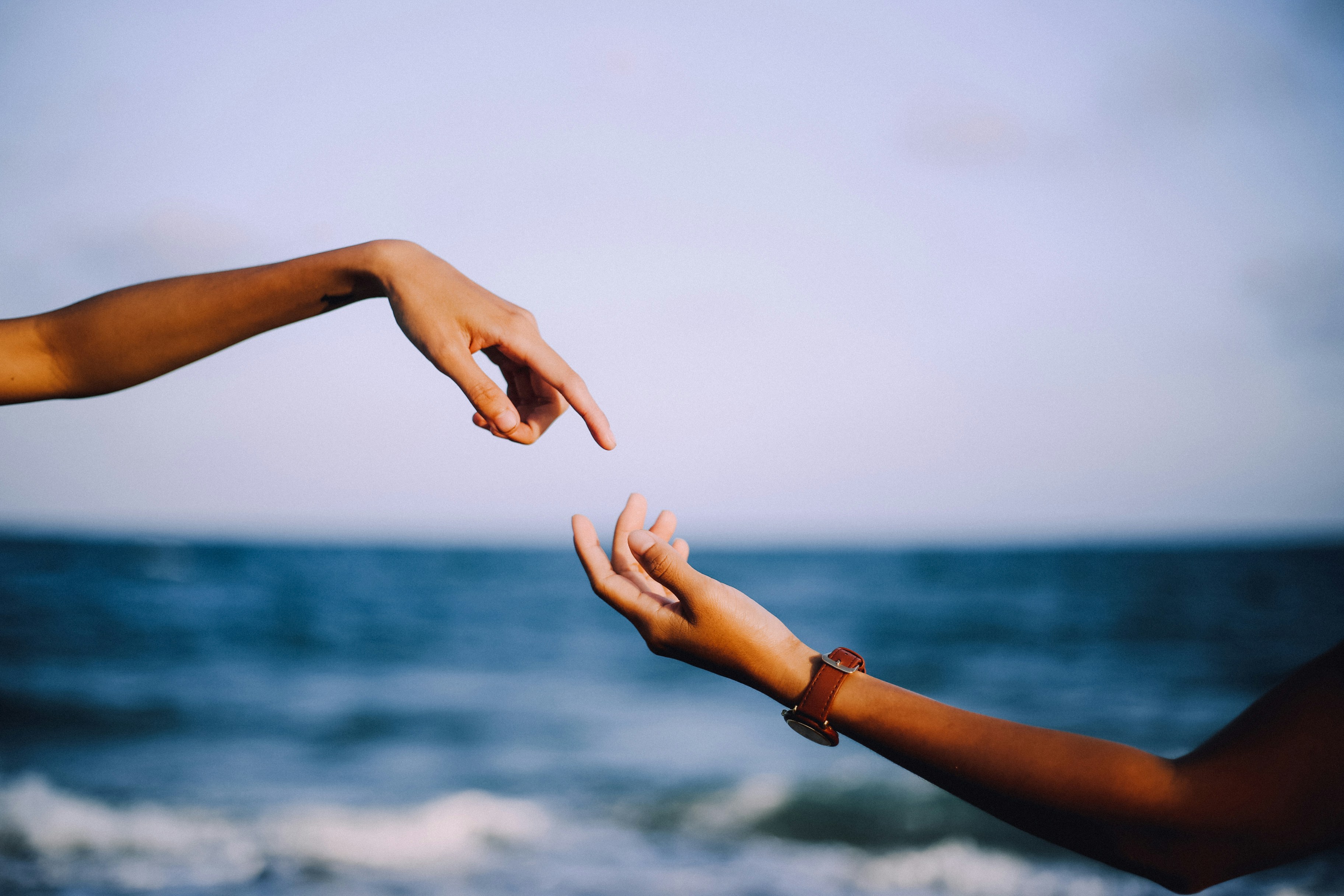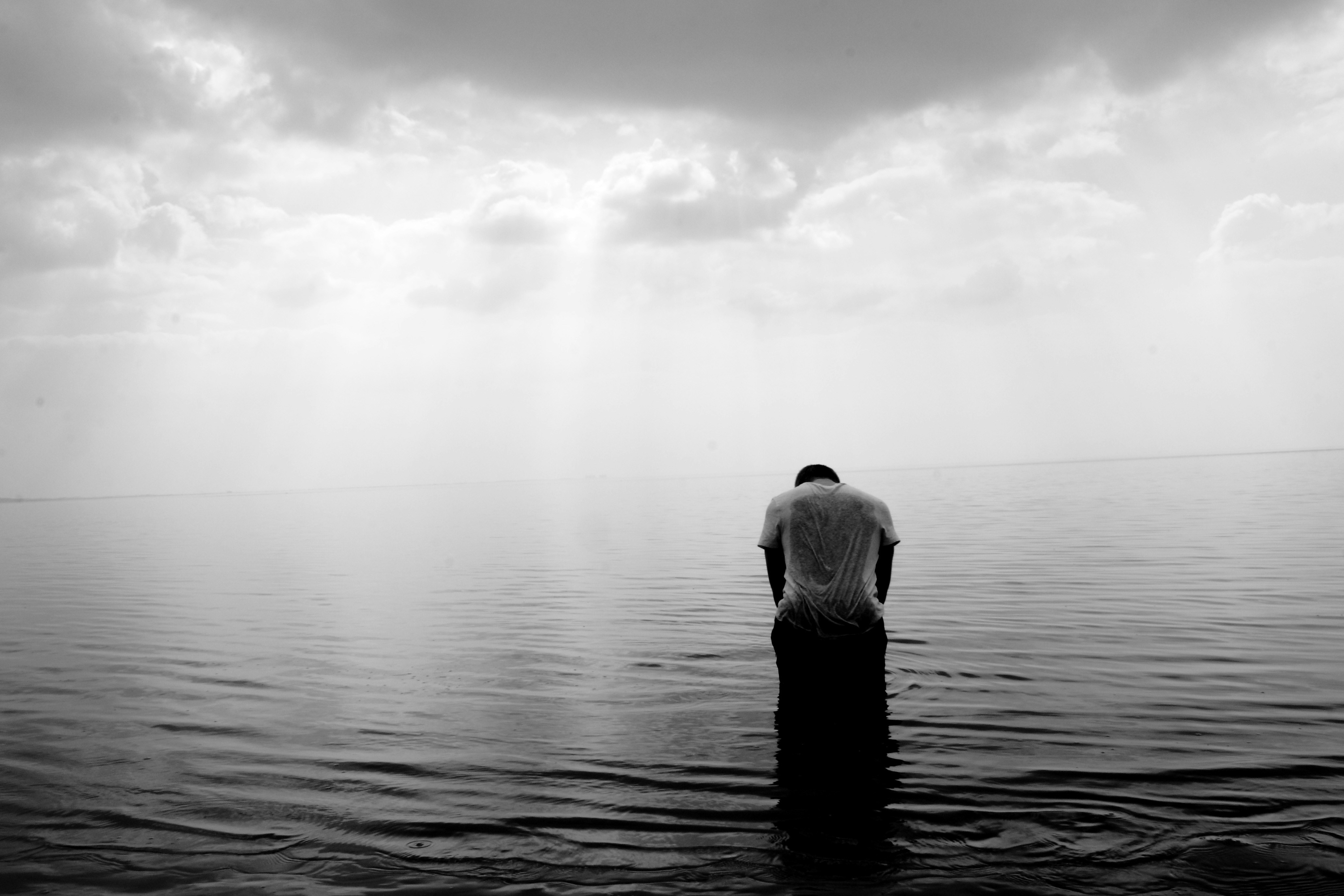Poverty in the U.S.
Recent U.S. Census Bureau indicates that 11% of the American population lives in poverty (that’s an estimated 40 million people). Most of this population lives in the South (13%) and is under the age of 18 (16%). Of those 40 million people, almost half (46%) are from single-parent families (primarily led by single mothers), and 11.6 million have children at home. The numbers also show that black and Hispanic children are disproportionately affected by poverty (19.5% black; 17% Hispanic, 10% white, 8.2% non-Hispanic, 8.1% Asian). It can be concluded that black and Hispanic children from the south make up the majority of people living in poverty in the US. I think we can all agree there is an obvious need for resilience in impoverished populations.
Poverty Compounds Issues
Many in poverty are poster children for Adverse Childhood Experiences. ACEs are traumatic events, (e.g., abuse, neglect, and household dysfunction) that have long-lasting negative effects on well-being and health (both physically and mentally). Women and people of color (specifically Indigenous, African American, and Hispanic populations) have a higher risk of experiencing 4 or more ACEs during childhood. To paint a picture, consider the following: The 2016 study conducted by the Centers for Disease Control and Prevention discovered that approximately 34 million children in the US are affected by ACEs. These children make up approximately 64% of participants who reported having at least 1 ACE, and 12% reported having more than 4 ACEs. As ACEs increase, so does risk. People with 4 or more ACEs are twice as likely to develop cancer or have a stroke, and 19 times more likely to become an alcoholic. The chance of acquiring depression increases by 460% and attempting suicide increases by 1,220%.
It’s clear that young people of color face significant challenges in the early stages of development, where crucial environmental influences can set young people up for success, or a life wrought with strife. It is with hard-earned courage that I can proudly say I was one of those children. I grew up in a single-mother-headed household with 7 sisters. Though it has been some time since then, I remember resources being scarce and struggling with depression as a child.
I remember thinking, “I refuse to be a statistic.”
Resilience is Cultivated
Resilience is the act of growing through adversity by using self-righting behaviors that are a response to trauma or negative life events. It’s important to note that one cannot cultivate resilience without some form of adversity. But because there were protective factors inherent in me and those in my environment, I am an example of what could be, despite having a difficult start in life. I had several resilience factors that enabled me to step out of poverty. I did well in school, and I had positive peer relationships, adult mentors, and role models who helped me learn how to navigate a world not necessarily set up for my success. My life is a testament that change is possible, and opportunity is built through community. As a result, I strive to be a resilience factor in the lives of my clients, friends, and family. My hope is that they, too, will spread resilience to their neighbors in need, and serve as a resilient role model for younger generations.
Reflect on Resilience:
What resilience factors have you developed in the face of adversity?
Who in your life is in need of support?
How will you spread resilience to those around you who are in need?
If you’d like to discuss building resilience or any other matter in more detail, schedule an appointment with Alexis Kubiak here.


